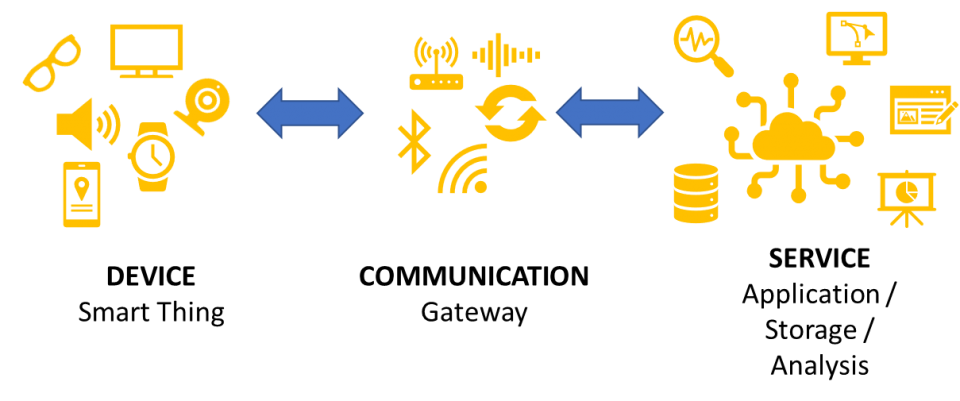
The Internet of Things (IoT) is a rapidly growing technology that is transforming the way we interact with the world around us. At the core of this technology are three main components: hardware, networking, and software.
Hardware is the physical devices that make up the IoT ecosystem. This includes sensors, actuators, and other devices that are embedded in everyday objects, such as cars, appliances, and wearable devices. These devices collect data about their surroundings and communicate that data to other devices and systems over the internet.
Networking is the backbone of the IoT ecosystem. It refers to the systems and protocols used to connect devices and transmit data over the internet. This includes wireless communication technologies, such as Wi-Fi, Bluetooth, and cellular networks, as well as more specialized IoT networking protocols, such as Zigbee and LoRa.
Software is the brain behind the IoT ecosystem. It refers to the algorithms and applications that are used to collect, process, and analyze data from IoT devices. This includes cloud-based platforms that store and process data, as well as edge computing systems that allow data to be processed locally on devices themselves.
When these three components work together seamlessly, they enable a wide range of innovative applications and use cases across industries. For example, in healthcare, IoT devices can monitor patients remotely and alert healthcare providers if there are any changes in their condition. In manufacturing, IoT sensors can be used to monitor equipment performance and predict maintenance needs, reducing downtime and improving efficiency.
As the IoT ecosystem continues to evolve, it is important for businesses and individuals to stay up-to-date with the latest hardware, networking, and software trends and developments. By doing so, they can unlock the full potential of this exciting technology and drive innovation in their respective fields.
